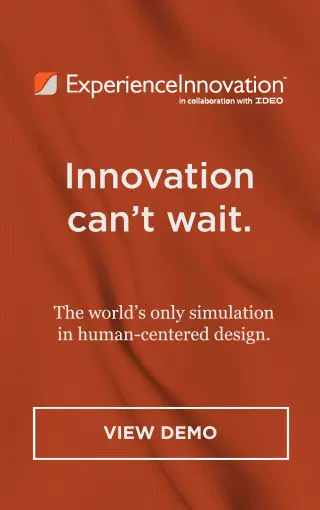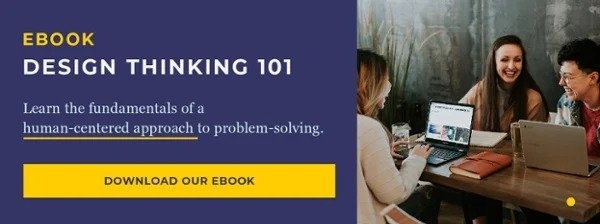Julie Mahfouz Rezvani is the co-founder and Executive Director of Mes Amis Canada, an award-winning, non-profit civil society organization that assisted over 2,000 refugees and new immigrants settle into the Greater Toronto Area. Founded originally as the Clothing Drive in 2015, the simple goal of collecting clothing turned into a store where newcomers could come and shop for free.
Julie is also the founder and Managing Director of The Orion Group Inc, a recruitment firm in Toronto, Canada. As a mother of two, Julie’s compassion to assist refugees is rooted in her Syrian-born husband’s family, many of whom still live in war-torn areas of Syria. Julie is on the Board of Directors for COSTI Immigrant Services and was the recipient of the Governor General’s Sovereign Medal of Canada in 2016.
We recently sat down with Julie to discuss her view on Diversity, Equity and Inclusion (DEI), having worked as a diversity expert in both corporate and non-profit industries. Here is what she had to say:
How would you differentiate between the three main aspects of DEI?
Equity and inclusion are what enable diversity. You start with the idea that you want to be fair. Then you figure out how to be fair. To do that, you've got to be inclusive. You have to be prepared to make accommodations to allow those individuals who haven’t had the same privilege as others to get up to that same level. When you have those policies and that thinking in place, that's when diversity can thrive.
During pride month, a lot of companies make statements of ally-ship on social media and incorporate the political celebration into their branding without actually contributing to LGBTQ+ causes - what are your thoughts on 'performative allyship'? How do organizations go beyond the hashtags and gratuitous words of support?
We saw a lot of the performative allyship you’re describing with the murder of George Floyd, where social media was flooded with statements of support from every organization, even those who were not typical supporters of diversity. When I encounter those kinds of statements, I, and many other consumers, tend to look more intensely at the organization only to find that their boards and their staff, especially at a senior level, are not reflective of the allyship statements made. Often, there is a lack of putting your money where your mouth is.
Organizations must reflect the values and cultures they accredit themselves of pursuing. It's not sufficient to just include a short statement that you often see at the end of job descriptions, claiming that people of all faiths and backgrounds are encouraged to apply. Companies must stop and wonder, ‘Are we just putting out blanket statements or do we really want to have a diverse and inclusive organization?’
If you want to encourage and welcome people who don't look like your current team to apply, you have to put in the work: actively source these individuals, be much more mindful of cultural practices and make accommodations so that they can bring their authentic selves to work. That means everything from advertising the postings in the publications you know that they read, going to the schools they attend, and being very mindful of how inviting your job descriptions are. Organizations that do it right are the ones that understand the value of having a diverse team with different backgrounds and perspectives.

A study done by McKinsey & Company in 2020 claimed that the term ‘diversity’ had a more positive connotation than the term ‘inclusion.’ While overall sentiment on diversity was 52 percent positive and 31 percent negative, sentiment on inclusion was only 29 percent positive and 61 percent negative. Why do you think this is?
For some, the very discussion of becoming more inclusive is to admit to not being inclusive in the first place. There's an accusatory idea that ‘if I say I'm for inclusion, then I'm saying that I wasn't for it before,’ whereas wanting to be more diverse tends to be less accusatory. In 2021, it is easier to advocate for the existence of diversity than the inclusion of the diverse.
Also, inclusion involves a lot of action on the part of organizations. With diversity, you can publish a simple statistic to say how many women are in your company. However, the inclusion of those women is where the work lies. For instance, how many of those women sit in executive-level roles and how many take longer to get promoted? How do they score on employee satisfaction surveys? Do they have resource groups? A lot of work comes with building a culture where all employees can be their authentic selves.
How can employees express their need for change in their current place of work?
My advice would always be to go and have a conversation with your manager. However, be very mindful of the company you're working for and consider whether that company would be receptive to what you have to say. Be aware that just because this is North America, it doesn't mean that every company is fair and welcoming. Sometimes you have to decide to go on and look for something else. That may be an extreme decision, but it's one that you should always have at the back of your mind as you navigate your career.
If there's someone in that company or the company itself is treating you in a way that is against the human rights code, that issue is considered a non-negotiable. You have the choice to go directly to the Human Rights Tribunal and file a complaint. If the matter is something that you feel you can manage, then having a conversation is the place to start.
How do you think the EDI space will transform in the next five years?
I work quite a bit with the immigrant and refugee community in Canada. They are critical to the growth of our economy and that’s why, over the next two years, Canada will be welcoming over 800,000 of them into the country. To put it in perspective, this is some of the highest number of immigrants that Canada has received since the early 1900s.
We will have a lot of great talent coming into this country, but how companies welcome that workforce will determine who can retain the top talent. In 2021, people understand that they have a choice in where they work. They don't have to work for a company where they're ostracized. Talent is highly sought after and very difficult to get even in the best of times. We're not in the best of times, so I think companies who want to grow and move their business plans forward will need to compete for this talent fiercely. The organizations that are going to win will have policies and practices that are welcoming, fair and inclusive.
Learn More about DEI & Design Thinking
